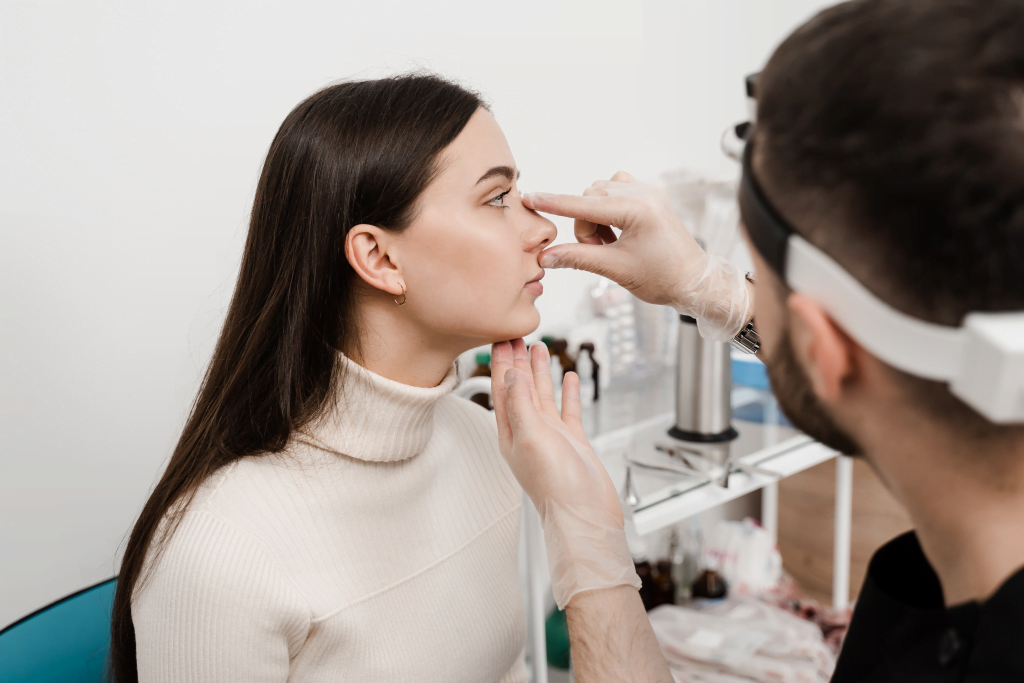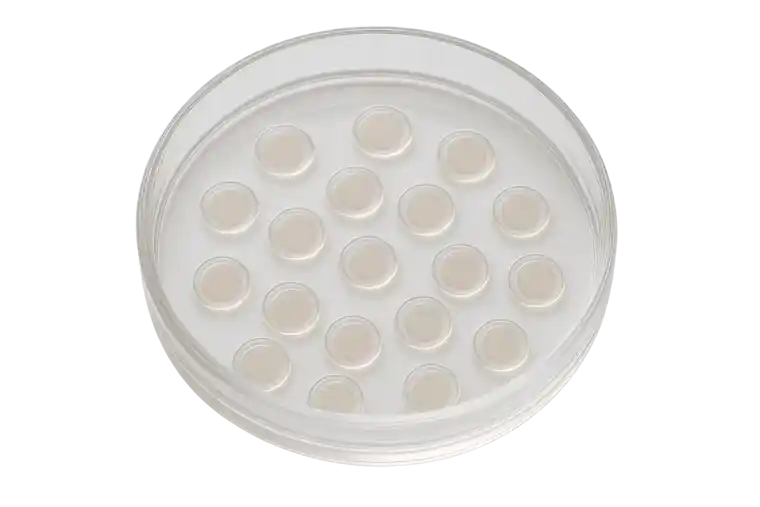All You Need to Know About Rhinoplasty

Turkey, with its world-famous hospitals, health centers and doctors, is one of the most preferred country for health tourism in the world. In this, quality doctors and hospitals equipped with the latest technological devices, as well as reasonable prices, have a great effect.
This is a fact that medicine is one of the oldest professions in history. Likewise, people have had complaints about their own appearance. In both of these matters, the nose is one of the most sensitive parts on the body. It is no coincidence that the most commonly performed aesthetic operation today is rhinoplasty.
This article includes every detail about what is rhinoplasty for aesthetic reasons and septoplasty for health reasons, the differences between them, their types, surgery and healing processes.

What is Rhinoplasty? What is Septoplasty?
As a summary of the difference between rhinoplasty and septoplasty in one sentence as follows. While rhinoplasty is used for nose surgeries performed for aesthetic concerns without any health reason, operations performed due to health problems are called septoplasty.
Rhinoplasty is an operation performed to create a nose that is compatible with the whole face and the person, with an ideal breathing function. In general, aesthetic nose surgeries are performed because the nose shape is not liked visually. Rhinoplasty can be applied to anyone who has a desire for nose, if their health condition is suitable.
In cases where the nasal septum is in a curved position for various reasons and septum deviation is observed, the surgical operation in which bone and cartilage tissues are arranged is called septoplasty (septum deviation surgery). During this operation, the bone tissues that prevent breathing in the nose are removed, and the existing cartilage tissues are rearranged accordingly.
Rhinoplasty Techniques
The techniques used in rhinoplasty are divided into two, as open technique or closed technique.
In open rhinoplasty, a small incision is made in the lower part of the nostrils, and by opening this part, the surgeon gains a wider view. Since open rhinoplasty surgery is performed by seeing the bones, cartilage and muscles of the nose, it is performed with an incision starting from the inside of the nose, the invisible part. The advantage of open rhinoplasty is a much higher dominance of the nose. The operation is performed with millimetric measurements by seeing every part of the nose and therefore it is preferred more frequently around the world. Open rhinoplasty takes a little longer than closed rhinoplasty. In some cases, edema at the tip of the nose may take a long time.
The closed technique is performed by cutting the inside of the nose. It is performed without lifting the nose, with incisions made from the inside of the nostrils. Closed rhinoplasty operation takes a shorter time than open one, and the healing process may take a shorter time. While it is possible to see and measure the nose directly in open rhinoplasty, this is not the case in closed rhinoplasty.
Surgeon will decide which of the closed or open rhinoplasty is most suitable for patient after the necessary evaluations.
Rhinoplasty Surgery Process

Nose Job does not require any special surgical preparation. According to the rule that applies to all surgeries, in case of using blood thinners, should leave it as recommended by doctor.
Also, a nose job does not have a sequential sequence of stages. In other words, each operation is determined for the anatomy and goals of the person undergoing surgery. Depending on how complex the surgery is, the surgery is performed under local or general anesthesia.
During this surgery, surgical intervention is performed through a small external incision made inside the nose or between the nostrils just below the nose. The bone and cartilage under the skin are re-adjusted as desired by the nose surgeon.
The form of the nasal bones or cartilage can be changed depending on how much to remove from the nasal tissue, how to make attachments, the structure of the nose and the available material. If the wall between the two nostrils of the nose, that is, the septum, is crooked or twisted, it is arranged to correct breathing. However, this operation is called septoplasty, not rhinoplasty.
For minor changes, the doctor usually uses cartilage from the deeper points of the nose or ear. In larger changes, cartilage from the ribs or other parts of the body can be used with implants. Afterward, the skin and tissue of the nose are placed back, and the incisions are sutured. The duration of the operation varies. While operations in which only the tip of the nose is changed take 30–45 minutes, a more extensive operation may take 2-2.5 hours.
Healing Process
After the operation, patients normally leave the same day, but in case of other health conditions, should stay in the hospital for one night.
Internal dressings usually stay in place for one to seven days after surgery. The doctor may also tape a splint to the nose for protection and support. In order to reduce bleeding and swelling after surgery, it is necessary to sleep and rest in a position with the head higher than the chest. It is considered normal for the nose to be blocked during this period. In the same way, it can be seen frequently that there is a slight bleeding or that the accumulated blood continues to flow with mucus.
Between 7–10 days after nose job surgery, 90 percent of facial swelling goes away. The bruises that occur after the surgery also decrease or completely disappear. People who have undergone the operation can return to their social and business life in an average of seven days.
What You Should be Careful about after your Nose Job?
In order to keep swelling and bleeding to a minimum after the surgery, you should avoid strenuous activities such as aerobics and jogging, taking a shower with a bandage on your nose and blowing your nose. In addition, it is recommended to consume fibrous foods such as fruits and vegetables to avoid strain, to avoid excessive facial expressions such as laughing, to brush the teeth softly to move the upper lip less, and to wear clothes that open from the front, such as a shirt.
Additionally, glasses or sunglasses should not rest on the nose for at least four weeks after the surgery. Sunscreen with factor 30 should be used outside, especially on the nose. Too much sunlight during this period can cause permanent discoloration of the nasal skin.
Doctors say that avoiding sodium while eating helps the swelling go down faster. Objects such as ice or ice packs should not be placed in the nose after surgery. It would be best to take a week off from work, school or similar obligations for the post-operative period.
How long does a nose job last?
Rhinoplasty application is a permanent application for life. After nose job surgery, it takes about 6 to 12 months for the nose to settle according to the shape of the face.
Is rhinoplasty a major surgery?
Since the nose is a small organ, it may be thought of as minor, but actually nose surgery is a major application because the nose is an important part of the respiratory system.
Is rhinoplasty very painful?
Rhinoplasty is not painful. After nose surgery, the nose is plastered for 7 days





